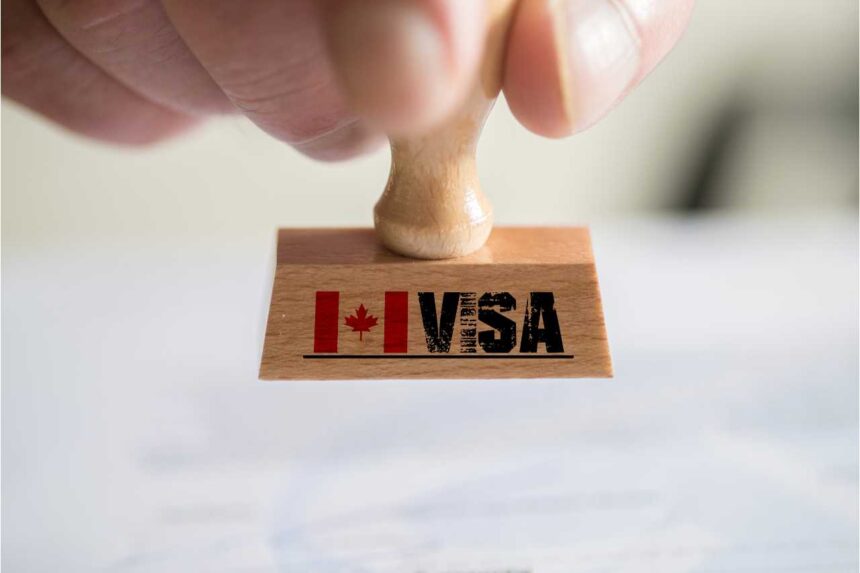Immigration, Refugees, and Citizenship Canada (IRCC) recently announced a significant change in how they calculate processing times for certain applications, introducing forward-looking processing times. This update aims to provide applicants with more accurate estimates of how long it will take to process their applications, helping them better plan their immigration journey.
What Programs Are Affected?
The new method of calculating processing times will apply to several high-volume immigration programs, including:
- Canadian Experience Class (Express Entry)
- Provincial Nominees Program (Express Entry and non-Express Entry)
- Federal Skilled Workers (Express Entry)
- Quebec Skilled Workers
- Citizenship grants and certificates
- Spouse or common-law partner applications, whether inside or outside Canada
- Parent or grandparent sponsorships
The decision to change how IRCC processing times are calculated follows a report by the Office of the Auditor General last October, which highlighted the need for improvements in this area. The report emphasized the importance of providing accurate processing time information to applicants and recommended considering application volume and age when publishing processing times.
Latest Canadian Immigration News
- Canada Excels in the Global Competition for Top Talent
- Ontario’s PAL Allocation: Colleges Outshine Universities in Provincial Share
- Reuniting Families: Canada Set to Reopen Parents and Grandparents Program
- Celebrating Yukon Francophonie Day: Honoring French Language and Culture
- Newfoundland and Labrador Introduces Upgrades to Immigration Accelerator Portal
Instead of relying solely on historical data, IRCC will now estimate processing times based on the total number of applications in the queue and their expected processing capacity. This forward-looking approach considers variables such as admission spaces in the annual Immigration Levels Plan and seasonal changes in application types.
Temporary Residence Applications
While forward-looking processing times will be used for permanent residence applications, temporary residence applications such as study permits, work permits and visitor visas will still rely on backward processing times. These times are based on historical data and indicate how long it took to process 80% of applications in the past 6 months.
Should You Reapply?
IRCC advises against reapplying if you have already submitted an application under the new method. Applications will continue to be processed in the order they were received, with most applicants likely to receive a decision within the new forward-looking processing time.
Current Backlog and Service Standards
As of March 31, IRCC reports a total of 2,121,200 applications in inventory, with 892,000 classified as backlog. The department aims to process 80% of applications within service standards, which vary depending on the application type. Notably, certain types of applications, such as study permits, are experiencing higher rates of backlog due to recent program changes.
By implementing forward-looking processing times and providing transparent updates on application inventory, IRCC aims to enhance the overall applicant experience and streamline the immigration process for individuals seeking to come to Canada.


Leave a Reply